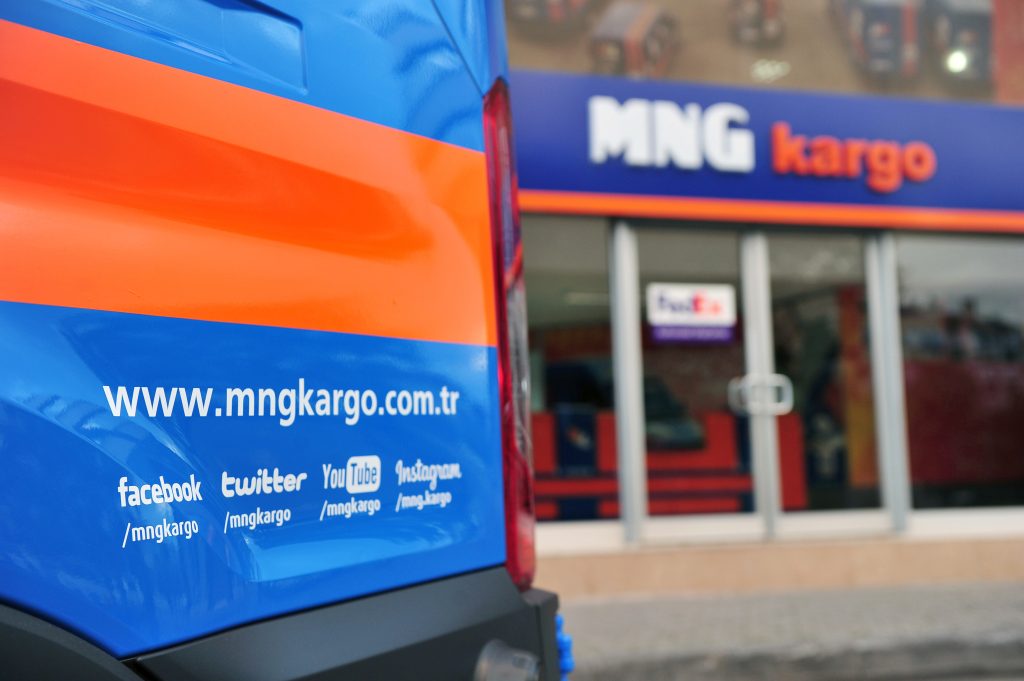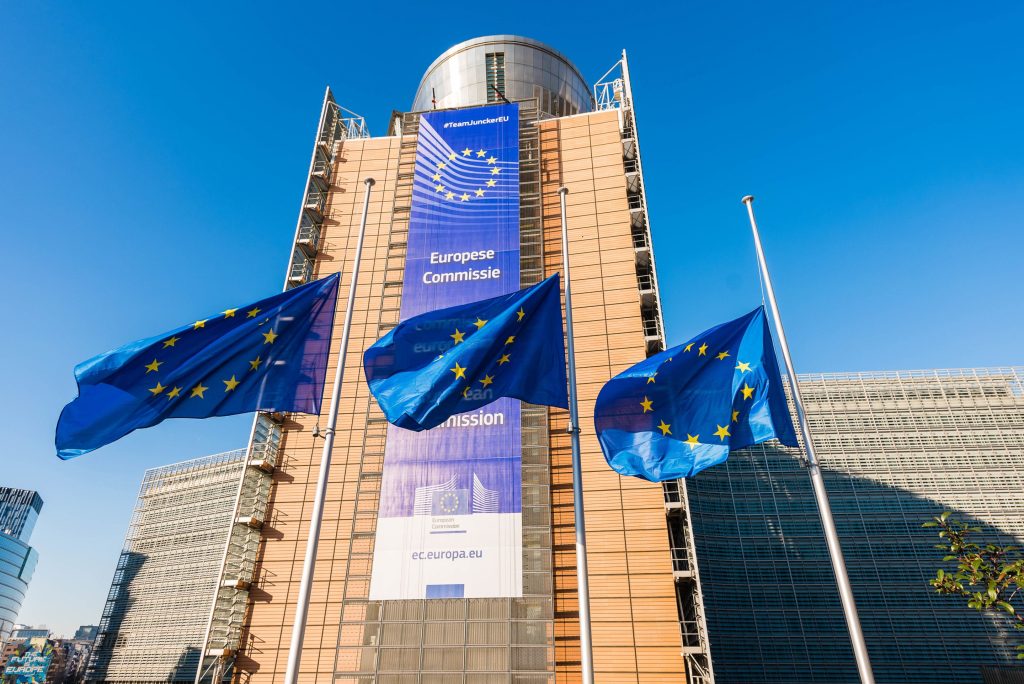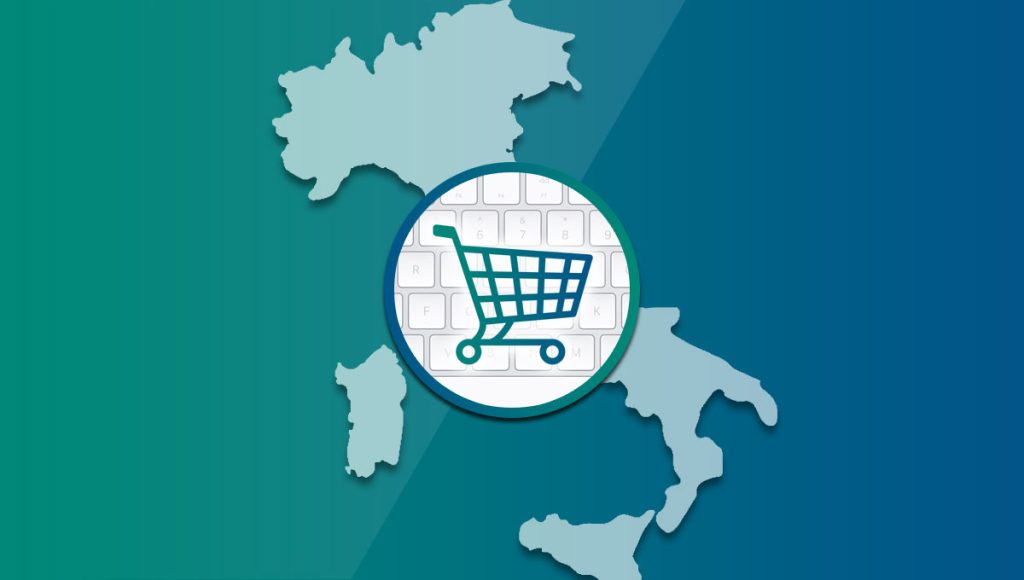
DHL Group has signed an agreement to acquire 100 percent of MNG Kargo, one of the leading parcel service providers in Turkey.
According to DHL’s CEO Tobias Meyer, this acquisition secures a leading position in the domestic parcel market. MNG Kargo complements the company’s business portfolio and will help to strengthen their position in this sector.
Customers will benefit from transport and logistics services within Turkey, but also from cross-border solutions thanks to the cooperation of the DHL divisions already represented in the country. Besides sustainability, globalisation and digitalisation, DHL made ecommerce a focus over the last few years.
Tobias Meyer says that e-commerce is one of the biggest growth drivers for logistics, parcel volumes in particular. That is why the company is continuously working “to increase our footprint in this area”.
MNG Kargo delivers parcels to 600,000 addresses daily, which makes it one of the biggest parcel service providers in Turkey.
For DHL eCommerce, the newly acquired parcel network is an optimal addition to the European parcel network. It comprises 27 sorting centres for middle-mile transport and over 800 centres for last-mile delivery. The transaction is subject to approval by the Turkish Competition Authority and the Turkish Information and Communication Technologies Authority.
Mainly driven by a young population with a high affinity for digital communication, the ecommerce market in Turkey is expected to grow at a double-digit rate in the coming years.
DHL claims that thanks to their network and digital expertise combined with MNG Cargo’s local presence, they are now ideally positioned to benefit from the growth potential of the Turkish market.
Turkey also benefits from efforts by different producers to create more resilient supply chains. It already has a strong manufacturing base, such as in the textile industry. DHL Express opened a hub at Istanbul Airport in 2021.
DHL Global Forwarding recently announced that it will intensify its cooperation with Turkish Cargo.








